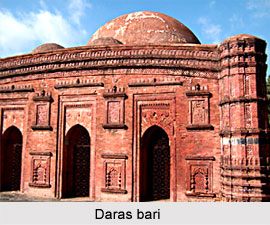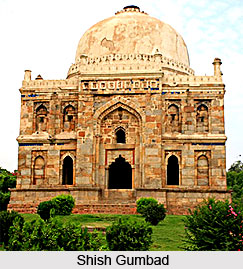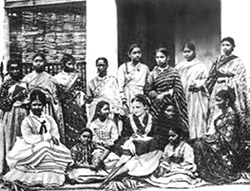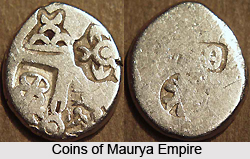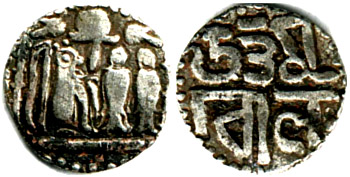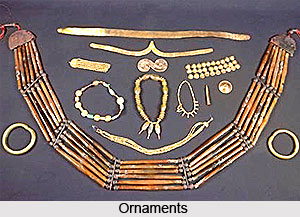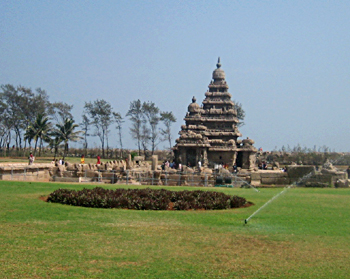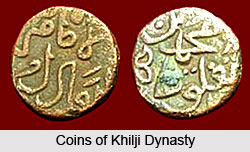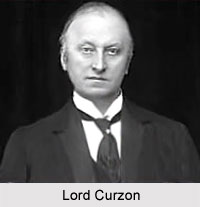 The Great famine of 1900 all began with the failure of the summer monsoons in 1899 over west and central India. During the subsequent year, the famine had affected an area of 476,000 square miles and a population of 59.5 million. The famine`s severity was witnessed in the Central Provinces and Berar, the Bombay Presidency, the minor province of Ajmer-Merwara and the Hissar district of Punjab. It also caused immeasurable distress in the princely states of the Rajputana Agency, the Central India Agency, Hyderabad and the Kathiawar Agency. In addition, minor areas of the Bengal Presidency, the Madras Presidency and the North-Western Provinces were extremely stricken by the famine.
The Great famine of 1900 all began with the failure of the summer monsoons in 1899 over west and central India. During the subsequent year, the famine had affected an area of 476,000 square miles and a population of 59.5 million. The famine`s severity was witnessed in the Central Provinces and Berar, the Bombay Presidency, the minor province of Ajmer-Merwara and the Hissar district of Punjab. It also caused immeasurable distress in the princely states of the Rajputana Agency, the Central India Agency, Hyderabad and the Kathiawar Agency. In addition, minor areas of the Bengal Presidency, the Madras Presidency and the North-Western Provinces were extremely stricken by the famine.
Population in various areas had barely recovered from the intense famine in Western India in 1896-98. As with that famine, this one too was premised by a drought. The Meteorological Office of India in its report of 1900, stated, "The mean average rainfall of India is 45 inches. In no previous famine year has it been in greater defect than 5 inches. But in 1899 the defect exceeded 11 inches." As goes the saying, that when danger strikes, it affects every part of day-to-day life. And such affects made itself visible with the outsized crop failures in the rest of India. As a result, inter-regional trade could not be depended on to stabilise food prices. The ensuing mortality rate was high. In the Deccan, an approximated 166,000 people died and in the entire Bombay Presidency a total of 462,000. In the Presidency, the famine of 1900-1905 had the highest mortality rate-at 37.9 deaths per 1000-among all famines and scarcities there between 1876-77 and 1918-19. Overall, in British areas alone, approximately 1,000,000 individuals died of starvation or resultant disease. In addition, as a result of extreme shortage of fodder, cattle perished in the millions in the famine.
In the Central Provinces and Berar, an area that had suffered acute agony during the famine of 1896-1898, the year 1898 had been a prosperous year agriculturally, as was the first half of 1899. However, after the failure of the summer monsoon of 1899, a second catastrophe began soon later. The year 1899 was the second driest year in Indian history, after 1877. There was a steep rise of prices and the autumn kharif harvest failed entirely. After severe public criticism of the famine relief effort in the previous famine, this time an enhanced famine relief effort was organised. By July 1900, one-fifth of the province`s population was on famine relief of some sort or the other. The summer monsoon of 1900 produced averagely abundant rainfall. By autumn, agricultural work had started once more. Most famine-relief works were therefore closed by December 1900. Overall, the famine of 1900-1905 was less severe in this region compared to the one two years prior. In the Bombay Presidency, the case was however completely reverse: the great famine of 1900-1905, which affected a population of 12 million, was more severe, especially so in the Kathiawar Agency. The recovery from the famine in the Presidency was also extremely slack.
In the passing times of 1900, the famine was gradually accompanied by cholera and the plague had impacted sixty million Indians by early 1900. In response to this crisis Curzon became the first Viceroy to tour a famine stricken area. By spring 1900, the government was providing five million Indians with famine relief.
In 1901, the Government of India appointed a Famine Commission with Sir Colin C. Scott-Moncrieff (1836-1916) as its president. Based on his findings, the government inaugurated a series of irrigational projects, encompassing six and one half million acres at a cost of thirty million pounds.
In 1905, the threesome effects of famine, cholera and plague killed a total of approximately eight million Indians in the period within 1896-1905. The costs of the famine included a direct relief of 6,670,000 pounds, loans and advances of 1,585,000 pounds, land revenue remission of 1,333,000 pounds, loans to Native States of 1,800,000 pounds and relief and lost revenue in Native States, amounting to 4,000,000 pounds.


